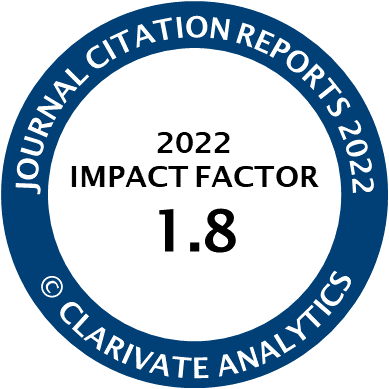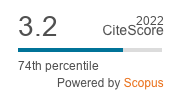Article | Open Access
The Evolutions, Transformations, and Adaptations in Beirut’s Public Spaces
| Views: | 1459 | | | Downloads: | 1496 |
Abstract: Beirut, Lebanon, has been a nexus for the east and west, has undergone episodes of conflict including the civil war between 1975 and 1989, and still witnesses instability to the present. This status has affected its everyday life practices, particularly as manifested in its public spaces. Over time, Beirut’s population has reflected the ability to adapt to living with different states of public spaces; these include embracing new public space models, adjusting to living in the war-time period with annihilated public spaces, and establishing a reconnaissance with post-war reintroduced, securitized, or temporary public spaces. Lefebvre’s space production triad serves to distinguish among spaces introduced through planning tools, from spaces appropriated through immaterial space-markers, or spaces established through social practices. This article provides an overview of the evolution of Beirut’s public spaces, starting with the medieval city and through into the 19th century, before examining the impact of instability and the conditions leading to the emergence of social spaces in the post-war period. It particularly highlights public spaces after 2005—when civic activism played an important role in raising awareness on the right to inclusive public space—by referring to literature, conducting interviews with public space protagonists, and addressing a questionnaire survey to inhabitants. The cases of Martyrs Square, Damascus Road, and the Pine Forest are presented, among other spaces in and around Beirut. The article reflects on the ability of some public spaces to serve as tools for social integration in a society that was segregated in the bouts of Beirut’s instability.
Keywords: Beirut; Damascus Road; Lefebvre; Martyrs Square; Pine Forest; public space; social integration
Published:
© Christine Mady. This is an open access article distributed under the terms of the Creative Commons Attribution 4.0 license (http://creativecommons.org/licenses/by/4.0), which permits any use, distribution, and reproduction of the work without further permission provided the original author(s) and source are credited.




